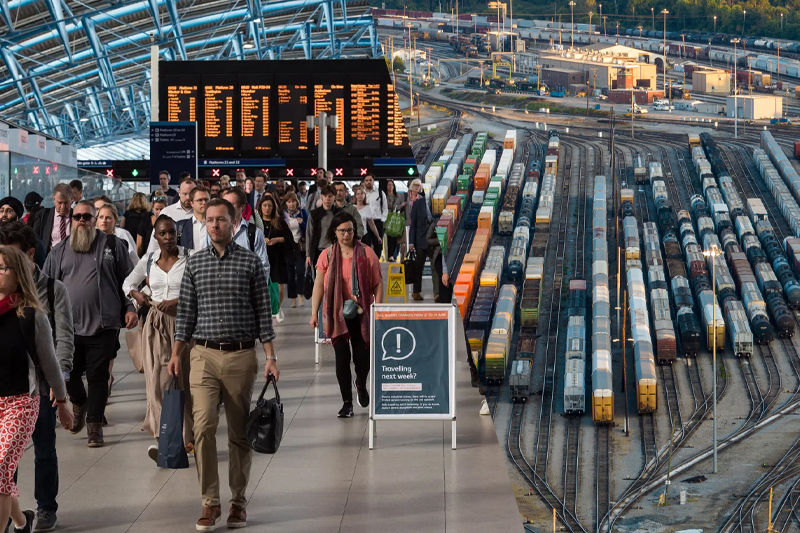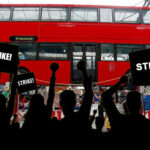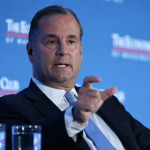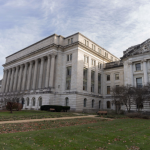
why the threat of a rail strike is delayed but not gone
US – Unions and railroad officials, including Union Pacific, CSX and Norfolk Southern, entered into a tentative agreement early Thursday to prevent a strike that would have destroyed much of the US economy. It would have been the first railroad strike in 30 years. The deal still needs to be ratified by union members to completely eliminate the risk of a strike.
American commuter railroads and commuters breathed a sigh of relief as freight rail companies and unions representing their workers averted a potential strike by freight carriers that would have damaged their services.
Earlier this week, Amtrak canceled all of its long-distance trains. On Thursday morning, the company said it was working to quickly restore service and alert affected customers to available flights.
“We are greatly relieved that we will be able to continue to provide the safe and reliable service that you deserve and that you rely upon,” Metra, which operates commuter rail in the Chicago area, told customers in a statement Thursday. “Please accept our apologies for this week of uncertainty and anxiety.”
Keep Reading
The strike would also force the closure of many local and regional passenger services, as they often rely on freight rails to operate trains or track infrastructure. Services that could be affected by the strike began warning customers on Thursday morning.
Metra expected to close nine of 11 lines on Friday, which carried an average of 36 million passengers annually from 2019 to 2021. Earlier this week, she warned passengers that some trains would stop running as early as Thursday evening.
Jim Matthews, CEO of the Rail Passenger Association, which advocates for train passengers, believes the Biden administration pushed for a deal. Labor Secretary Marty Walsh led about 20 hours of talks, and President Biden called the negotiators Wednesday night.
Biden, sometimes referred to as “Joe Amtrak” because he rode Amtrak almost daily from his home in Delaware to Washington while he was in the US Senate, spoke of igniting the railroad renaissance in the US. Under a bipartisan infrastructure bill passed last year, $66 billion was invested in railroads.









